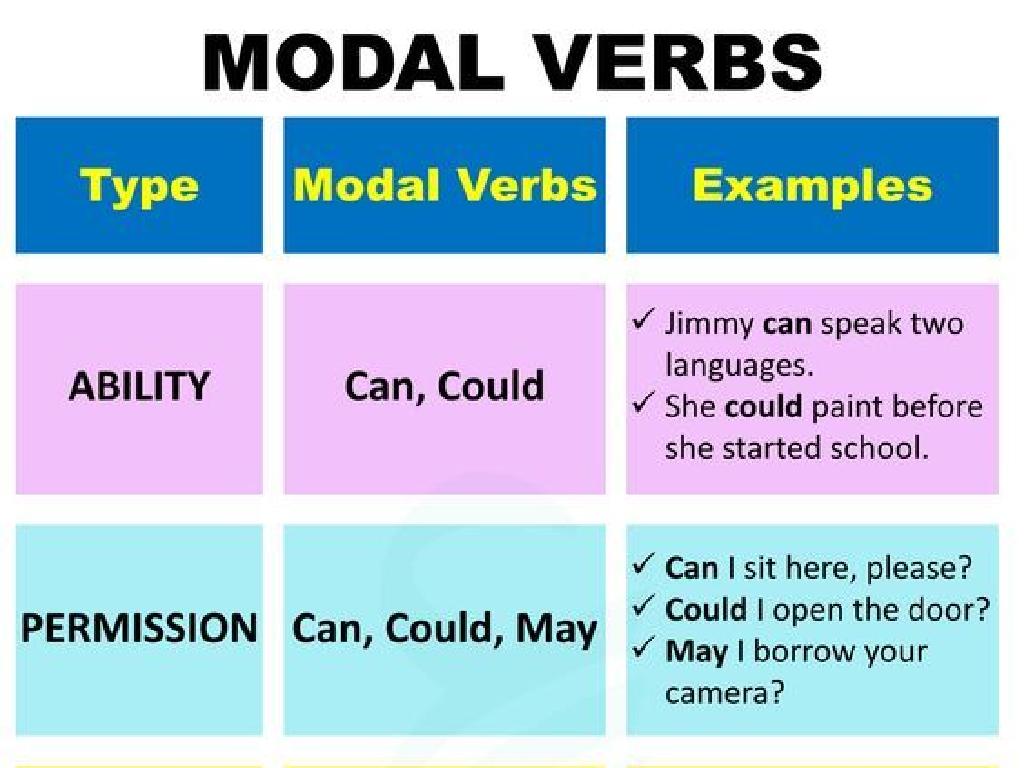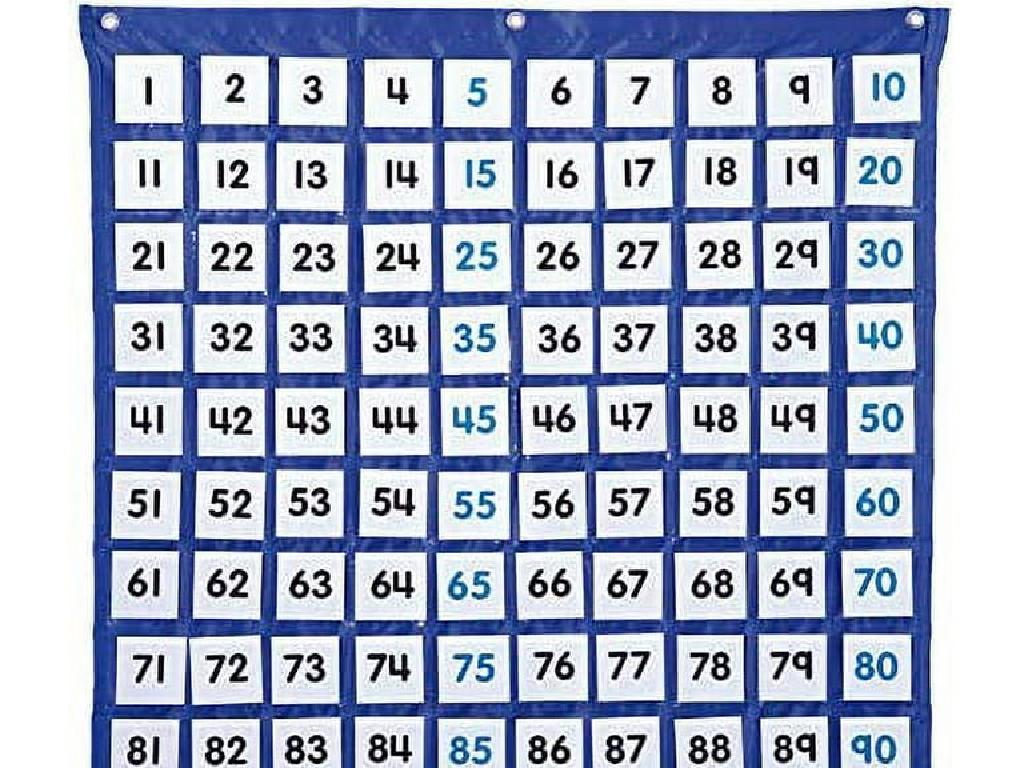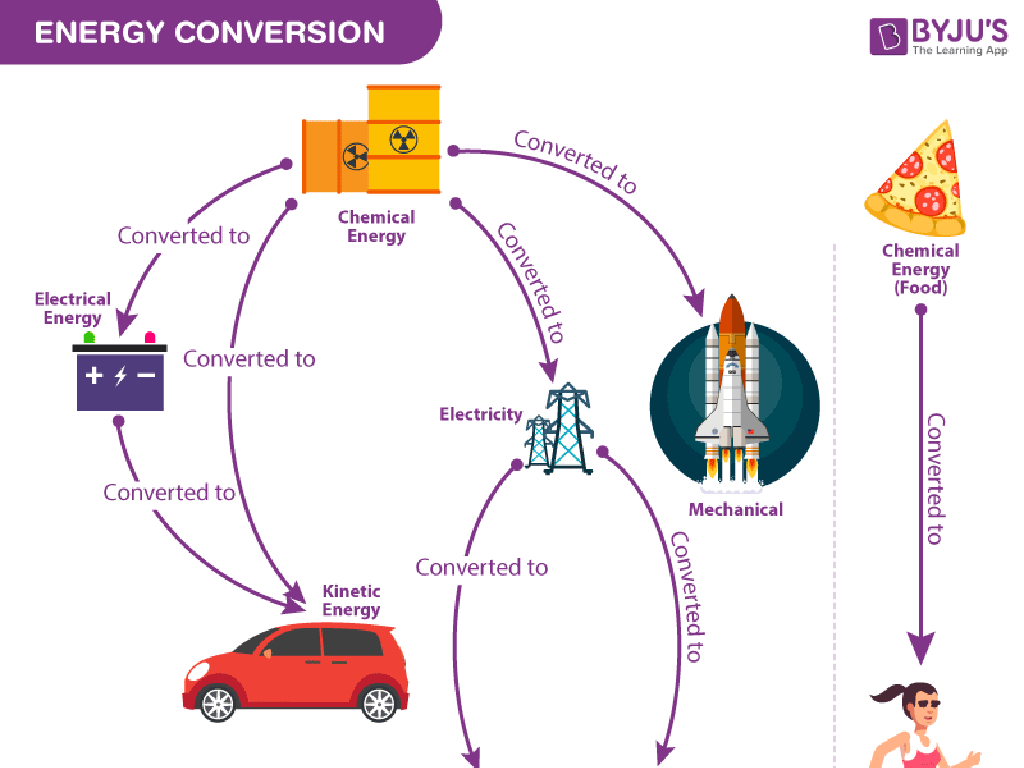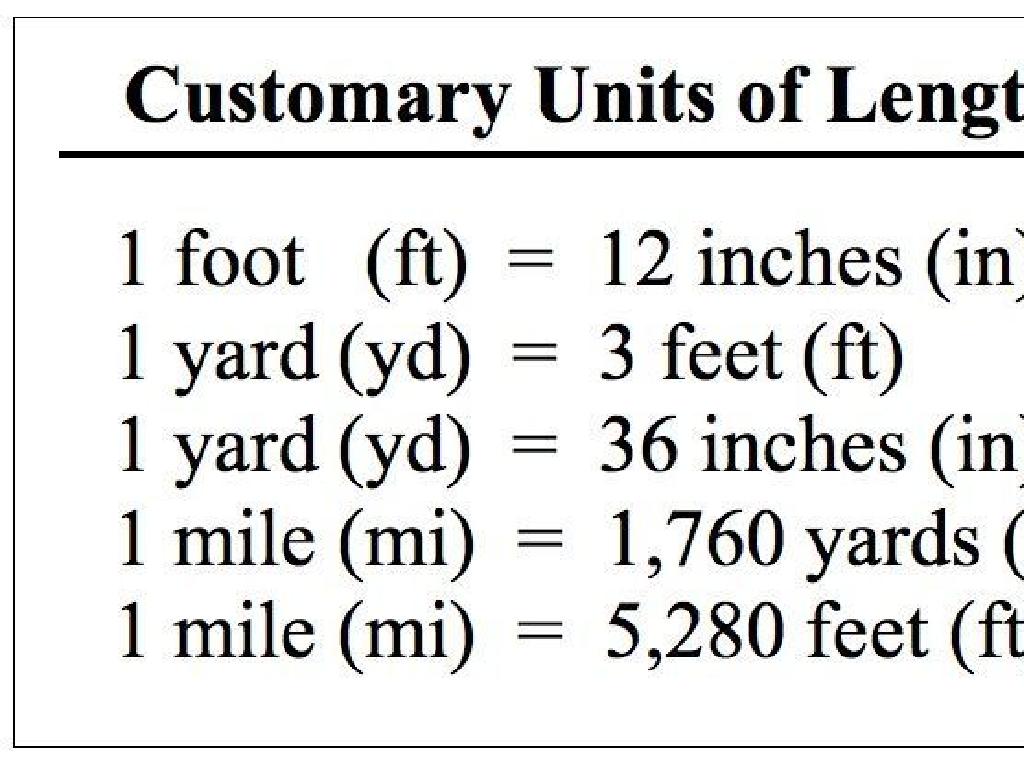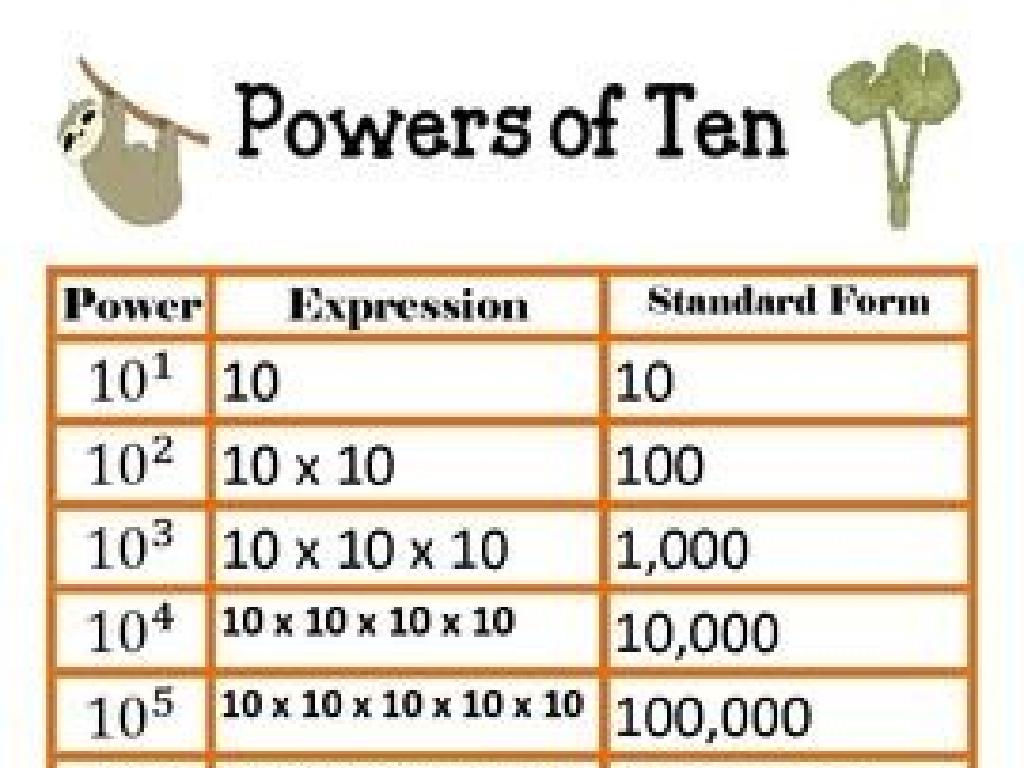Compare Percents Of Numbers
Subject: Math
Grade: Eighth grade
Topic: Percents
Please LOG IN to download the presentation. Access is available to registered users only.
View More Content
Comparing Percents of Numbers
– Percents in daily life
– Percents represent parts of a whole, like sales tax or interest rates.
– Percents in shopping & stats
– Discounts show savings; statistics show data trends.
– Today’s goal: Compare percents
– Understand which is greater: 25% of 50 or 50% of 25.
– Practice with real examples
– Use examples like finding better deals and understanding data.
|
This slide introduces students to the concept of percents and their relevance in everyday situations such as shopping and interpreting statistics. The goal for today’s lesson is to enable students to compare percents of different numbers and understand their implications in real-life scenarios. Students will learn to calculate the percent of a number and then use this skill to determine which of two percents is greater when applied to different quantities. This is a critical thinking skill that will help them in making informed decisions in practical situations like finding the best discount or analyzing numerical data. Encourage students to think about percents they encounter daily and bring examples to the next class.
Understanding Percents
– Define a percent
– A percent is a ratio of a number to 100
– Real-life percent examples
– Discounts, interest rates, and statistics
– Convert fractions to percents
– Multiply the fraction by 100 and add a % sign
– Convert decimals to percents
– Multiply the decimal by 100 and add a % sign
|
Begin the lesson by defining what a percent is and its representation as a part of 100. This will help students visualize percents as portions of a whole. Provide relatable examples such as discounts during shopping, interest rates for savings accounts, and statistics in sports to illustrate the use of percents in everyday life. Then, guide students through the process of converting fractions and decimals to percents by multiplying by 100. This is a crucial skill for comparing different forms of numbers and understanding their equivalences. Encourage students to practice with various examples and to understand the relevance of percents in real-world scenarios.
Finding Percents of Numbers
– Understand the formula
– Percent x Base = Amount is used to find the percent of a number
– Calculate percent of a number
– To find what percent one number is of another, use the formula
– Practice Problem: 25% of 200
– Example: To find 25% of 200, multiply 0.25 (percent as a decimal) by 200
|
This slide introduces the fundamental formula for calculating the percent of a number, which is a key concept in understanding percents. The formula ‘Percent x Base = Amount’ allows students to solve problems involving percents. It’s crucial to explain that the ‘percent’ needs to be converted into decimal form before multiplication. For the practice problem, guide the students through the process: convert 25% to 0.25, then multiply by 200 to get 50. This example will help solidify their understanding of the formula and its application. Encourage students to solve additional problems for practice.
Comparing Percents
– Understanding comparison symbols
– Symbols: >, <, = used to compare values
– Visual models for percents
– Pie charts or bar graphs represent percents visually
– Comparing 30% of 50 and 50% of 30
– Calculate both: 30% of 50 is 15, and 50% of 30 is 15
– Which percentage is greater?
|
This slide introduces students to the concept of comparing percentages using greater than, less than, and equal to symbols. Start by explaining the symbols and their meanings. Then, show how visual models like pie charts or bar graphs can help in understanding and comparing percentages visually. Use the example provided to demonstrate how to calculate and compare the values: 30% of 50 and 50% of 30 both equal 15, showing that they are equal. This will help students grasp that the percentage and the base number both play crucial roles in determining the final value. Encourage students to practice with more examples to solidify their understanding.
Real-World Application: Shopping Discounts
– Apply percent comparison to discounts
– Determine the better deal
– Compare the final prices after applying the percent off
– Class Discussion: Comparing Sales
– 20% off $50 vs. 25% off $40: which saves more?
– Calculate savings on different deals
– Use the formula: Original Price x (1 – Discount %) = Sale Price
|
This slide aims to show students how to apply their knowledge of percent comparison to real-world scenarios, such as determining which sale offers a better discount. Start by explaining how to calculate the sale price using the percent discount. Then, engage the class in a discussion to compare two different sales and decide which one is the better deal. For the activity, students will calculate the sale price of a $50 item with a 20% discount and a $40 item with a 25% discount. This will help them understand the practical application of percents in everyday shopping and enhance their critical thinking skills. Encourage students to explain their reasoning and share their calculations with the class.
Class Activity: Comparing Percents
– Solve percent comparison problems
– Discuss solutions with peers
– Share how you approached the problem
– Engage in guided practice
– Work through problems as a class
– Receive immediate feedback
– Teachers will provide feedback on the spot
|
This slide is for a class activity focused on comparing percents. Students will solve various problems independently, then discuss their solutions and methods with classmates to learn from each other. The teacher will guide the class through practice problems, offering immediate feedback to ensure understanding. Possible activities include comparing discounts on products, calculating the better buy between different percent savings, and analyzing data in percent form. The goal is to reinforce the concept of percents and build confidence in applying them to real-world scenarios.
Class Activity: Percent Scavenger Hunt
– Find percent-based labels in class
– Calculate and compare the percents
– Use a calculator or mental math to find the actual values
– Determine highest and lowest percent
– Present and explain your findings
– Share your process and reasoning with the class
|
This interactive activity is designed to help students apply their knowledge of percents in a practical and engaging way. Students will search for items around the classroom that have percent labels, such as nutrition facts on food packages or discount tags. They will then calculate the actual values represented by these percents and compare them to determine which item has the highest and lowest percent value. After the scavenger hunt, students will present their findings to the class, explaining the steps they took to calculate and compare the percents. This will reinforce their understanding of percents and how to interpret them in real-world contexts. For the teacher: Prepare a list of 4-5 different items with varying percent-based labels for students to find. Ensure that each student or group has a different set of items to keep the activity diverse and engaging.
Conclusion & Homework: Mastering Percents
– Recap: Comparing Percents
– Review how to calculate and compare percentages of different numbers.
– Percents in Decision Making
– Understanding percents is crucial for informed decisions in finance and shopping.
– Homework Assignment
– Complete the provided worksheet on percent comparisons for practice.
– Next Class Preparation
|
As we wrap up today’s lesson, it’s important to revisit the key concepts of comparing percents of numbers. Emphasize to students that percents are everywhere in real life, from calculating discounts during shopping to understanding interest rates on savings. For homework, students are to complete the percent comparison worksheet, which will reinforce their understanding and provide additional practice. Encourage them to bring any questions to the next class for clarification. This will ensure they are well-prepared and confident in using percents in various scenarios.

